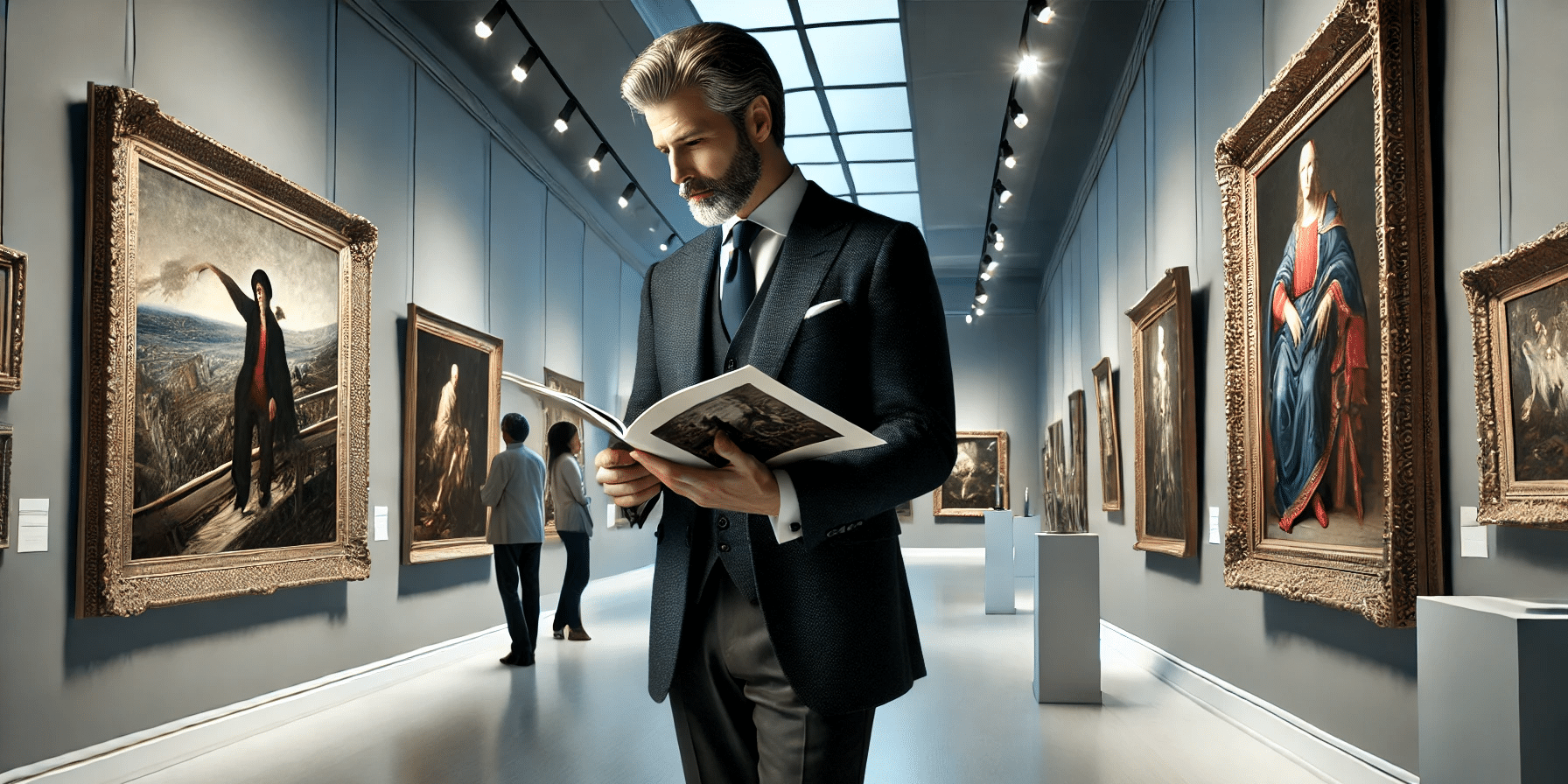Filters are an essential tool in the filmmaker’s arsenal, allowing them to manipulate the visual aesthetics of movies and shows to evoke specific emotions and enhance the overall atmosphere. From enhancing colors to creating dreamy or gritty looks, filters play a crucial role in shaping the mood and tone of a scene, ultimately influencing how audiences perceive and engage with the story. In this article, we’ll explore how filters in movies and shows change the atmosphere, examining their significance, different types, and the effects they produce.
Instruments of Emotions
Filters are not just accessories; they are powerful instruments that cinematographers and directors use to infuse their work with emotion, depth, and visual appeal. By altering the color balance, contrast, and texture of the image, filters can transform an ordinary scene into a mesmerizing visual experience, immersing audiences in the world of the story and enhancing the narrative impact. In this article, we’ll delve into the role of filters in movies and shows, exploring how they shape atmosphere and contribute to the overall cinematic experience.
Setting the Scene
One of the primary functions of filters in movies and shows is to set the scene and establish the mood and tone of a particular location or environment. By adjusting color temperature and saturation levels, filters can create a sense of warmth, coolness, or otherworldliness, instantly transporting viewers to different times, places, or emotional states. For example, warm, golden filters may evoke a nostalgic, romantic atmosphere, while cool, blue filters may convey a sense of mystery, melancholy, or isolation. By carefully selecting and applying filters, filmmakers can shape the atmosphere of the scene and immerse audiences in the world of the story.
Enhancing Visual Aesthetics
Filters also play a crucial role in enhancing the visual aesthetics of movies and shows, adding depth, dimension, and texture to the image. By softening or enhancing contrast, sharpening details, and reducing glare or reflections, filters can create a more visually appealing and cinematic look, drawing viewers into the frame and capturing their attention. Whether used to create a dreamy, ethereal effect or a gritty, hyper-realistic look, filters allow filmmakers to infuse their work with a distinctive visual style that enhances the storytelling experience and leaves a lasting impression on audiences.
Creating Emotional Impact
In addition to enhancing visual aesthetics, filters can also create emotional impact and resonance in movies and shows. By manipulating color and light, filters can evoke specific emotions and moods, eliciting empathy, suspense, or excitement in the audience. For example, warm, vibrant filters may convey feelings of joy, optimism, or passion, while cool, desaturated filters may evoke a sense of sadness, tension, or unease. By using filters to align the visual language of the film with its thematic and emotional content, filmmakers can amplify the emotional impact of the story and forge a deeper connection with the audience.
Types of Filters
There are various types of filters used in movies and shows, each serving a specific purpose and producing distinct visual effects. Some common types of filters include:
- Color Correction Filters: Used to correct color temperature and white balance, ensuring accurate and consistent color representation across different lighting conditions.
- Color Grading Filters: Used to adjust color saturation, contrast, and hue, allowing filmmakers to create specific looks and moods that complement the narrative and aesthetic of the film.
- Diffusion Filters: Used to soften the image and reduce harshness, creating a more flattering and ethereal look that enhances the appearance of actors and adds a romantic or dreamy quality to the scene.
- Special Effects Filters: Used to create unique visual effects such as lens flares, starbursts, or halos, adding a sense of magic, surrealism, or otherworldliness to the image.
Adding to the Cinematic Experience
Filters are indispensable tools in the filmmaker’s toolkit, allowing them to manipulate color, light, and texture to evoke specific emotions, enhance visual aesthetics, and create immersive atmospheres in movies and shows. Whether used to set the scene, enhance visual appeal, or evoke emotional impact, filters play a crucial role in shaping the mood and tone of a scene, ultimately contributing to the overall cinematic experience and leaving a lasting impression on audiences. By understanding the significance of filters and mastering their application, filmmakers can unleash their creativity and bring their artistic vision to life on the screen.







